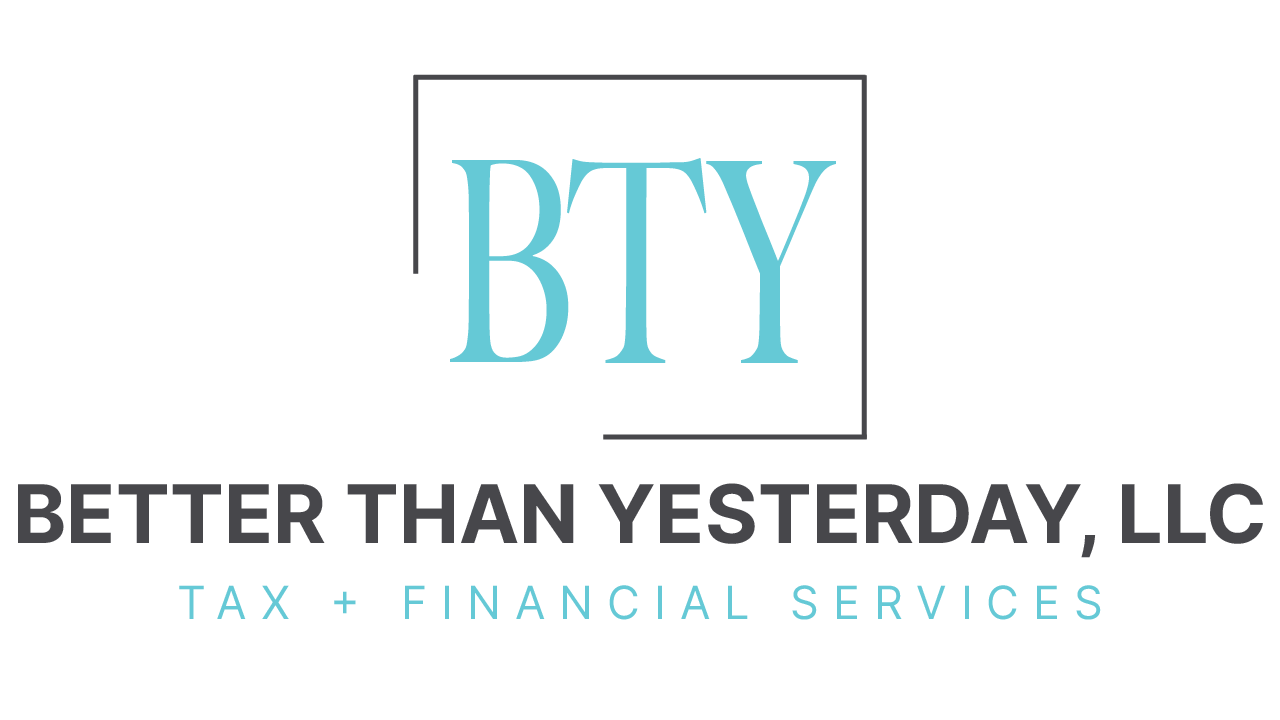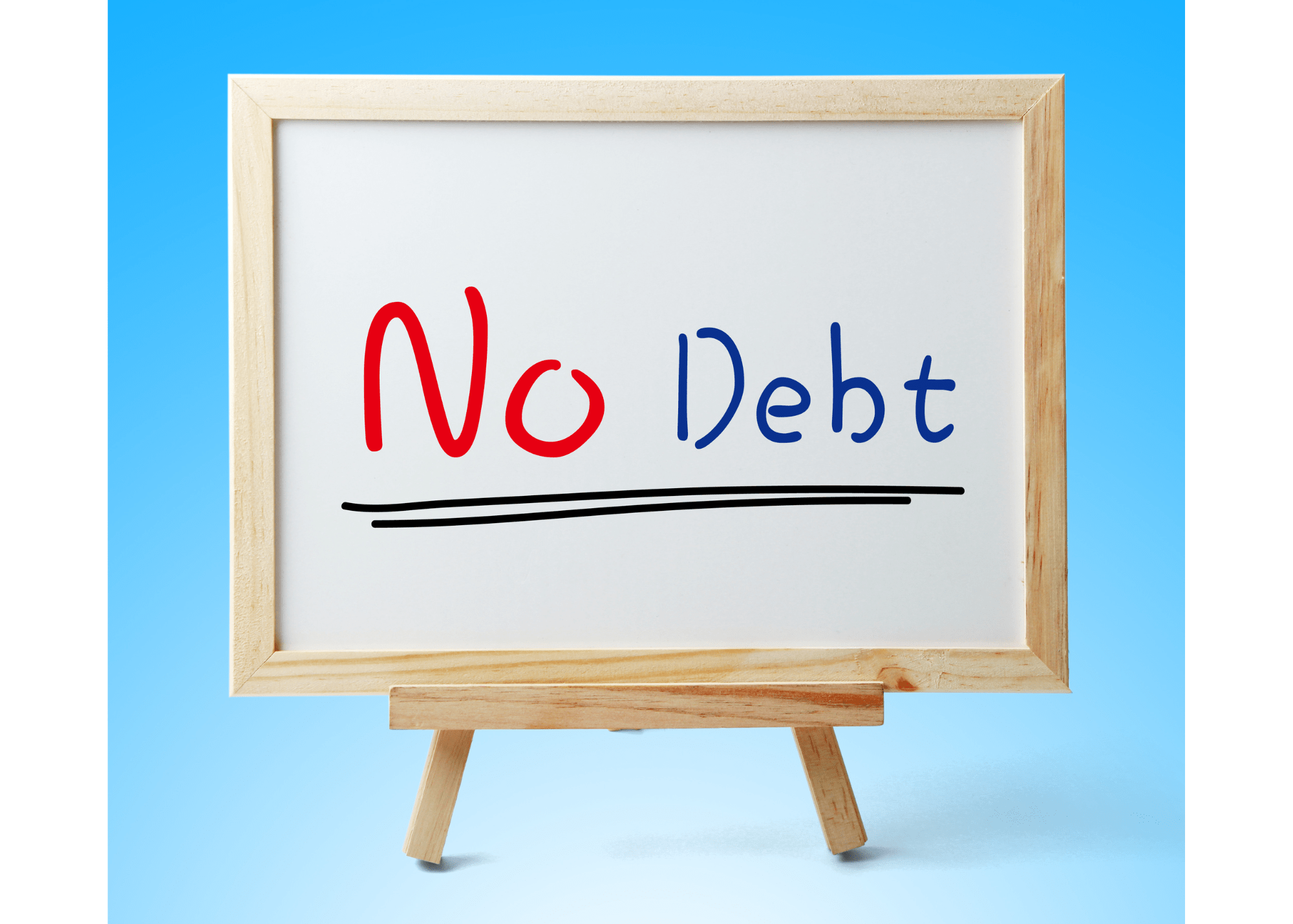If you’ve been following the Better Than Yesterday blog for a while, you’re probably aware that we like to keep things simple here. And that means keeping how to read financial statements simple.
Simple is the best way for beginners to learn.
When it comes to business, one of my biggest concerns is when business owners do not know their numbers.
Of course, I’m not expecting you to memorize your numbers every waking minute.
But if you don’t have the ability to easily access your financial statements, and actually COMPREHEND what the financial statements are telling you –
Then you do NOT know your numbers.
How about we start at the beginning…
What Are Financial Statements?
Basically, financial statements are reports that show the financial activities and position of a business.
If you Google it, the definition states that the financial information is presented in a structured manner that is easy to understand.
Hmm…
Just because accountants can easily understand it, doesn’t mean that everyone else can easily understand what they are saying.
So, let’s change that!
The three basic financial statements are the balance sheet, income statement, and cash flow statement.
Don’t worry, we won’t be going over complex statements.
We are going to look at SUPER SIMPLE statements.
If you can understand the simple statements, then the complex statements will be easier to learn later on!
Cash Basis vs. Accrual Basis
Again, we’re keeping it simple.
So, in this blog, we’re going to look at cash basis statements.
The cash basis statements typically make the most sense to business owners that don’t have an accounting background.
Cash Basis
Cash basis means you record the transaction when it happens. When “cash” exchanges hands.
For example, you receive a utility bill on August 15th, but it is not due until September 5th.
You record the transaction when the cash leaves your bank account which is September 5th in this case.
Accrual Basis
Accrual Basis means you record the transaction when it occurs.
So, in the same example, you receive a utility bill on August 15th, but it is not due until September 5th.
Even though the cash will not leave your bank account until September 5th. You record the transaction on the day you received the bill August 15th.

It is important to understand the difference between cash and accrual basis. Because if you are looking at an accrual financial statement, it is telling you something different than a cash basis statement.
Balance Sheet
The balance sheet shows the “book value” of a company. This financial statement shows the assets, liabilities, and owner’s equity.
If any of you took an accounting class, you are aware that: Assets = Liabilities + Owner’s Equity.

Okay, what does that mean?
Assets
Assets are anything valuable that a company owns.
On a balance sheet, assets are usually broken up into categories like: Current Assets, Fixed Assets, Property & Equipment, and Other Assets.
- Current Assets are usually cash, bank accounts, inventory, etc. Anything that is a short-term investment or can be converted into cash within one year.
- Fixed Assets, Property & Equipment are long-term investments held on for longer than a year and cannot be easily converted into cash. For example: land, buildings, equipment, etc.
- In this category, there is Accumulated Depreciation that is subtracted from the asset(s)’ original value.
- For example, if you buy a $20,000 vehicle, as soon as you drive it off the lot it is no longer worth $20,000. Therefore, you have to correctly report the vehicle’s value on the balance sheet. If the vehicle’s expected life is 5 years, then you would have depreciation expense of $4,000 each year until you reach $20,000 in accumulated depreciation. After the first year of owning the vehicle, this is how your balance sheet would look –

- Other Assets would include assets that do not logically fit into any of the main asset categories.
Liabilities
Liabilities is just a fancy word for debt. This shows everything that the company owes.
Let’s use the vehicle example again. When you purchased that $20,000 vehicle. You paid $10,000 in cash and financed the other $10,000.
So, in the liabilities section, you would have a current liability of $10,000.
Liabilities are usually separated into current liabilities and noncurrent or long-term liabilities.
Current liabilities are liabilities that can be settled within one fiscal year.
Noncurrent or long-term liabilities are debts that are due after a year or more.
Owner’s Equity
Equity is the ownership of assets and liabilities. This category contains Retained Earnings, Contributions, Distributions, and Common or Preferred Stock (only corporations).
Again, we’re keeping it simple so the only equity we will focus on will be Retained Earnings, Contributions, and Distributions.
Retained Earnings are the accumulated net income of the company that is retained.
Did that sound like a foreign language?
Let me break it down with this example –

Since we are disregarding common and preferred stock, the total Retained Earnings after Year 2 is $13,000 ($5,000 year 1 net income plus $8,000 year 2 net income)
Contributions are owner contributions to the company. If the owner transferred in $30,000 of their personal money to get the business started in Year 1, then the Contributions on the balance sheet would show as $30,000.
Distributions are owner distributions from the company. If the owner took out $7,000 of company money in Year 2 for personal use then on the balance sheet the distributions would show as $7,000.
With all the examples given above, here is how the Year 2 balance sheet would look.

Income Statement (Profit & Loss)
The income statement or otherwise known as the profit and loss statement is a summary of the gross revenue minus the expenses within a period.
Income statements include the following:
- Revenue: What a company earns before COGS and expenses
- Cost of Goods Sold (COGS): Cost of necessary supplies to make whatever the business sells
- Expenses: What a company spends to make the business run
You will also see Gross Profit and Net Income on an income statement.
What’s the difference between the two?
Well, Gross Profit is Revenue minus the Cost of Goods Sold. While the Net Income is Gross Profit minus Expenses.
Net income shows what your business actually made in a given period.

Cash Flow Statement
Lastly, the cash flow statement provides details of what happened to the company’s cash during a given period.
The cash flow statement is broken down into three categories: Operating Activities, Investing Activities, and Financing Activities.
Operating Activities
Operating activities are basically the income statement. It includes the revenue and expenses of the company.
Investing Activities
Investing activities show the purchasing or selling of assets. Investing activities are basically the Property & Equipment (Fixed Assets) section of the balance sheet.
Financing Activities
Financing activities show the debt and equity financing for the company. In other words, it is the Liabilities and Owner’s Equity section of the balance sheet.
After completing the cash flow statement, the “Cash at End of Period” balance should match your balance sheet Cash Account (Cash and Bank Account) total at the given period.
Here is the example of a Cash Flow Statement for Year 2:

Wow, that was a lot of information! If you made it to the end without taking a break, I am SO proud of you!
I hope that this information helps guide you to understanding your business numbers. Knowing how to comprehend financial statements is VERY essential to business owners.
These statements are your lifeline when making business decisions.
Take the time to fully understand the simple report examples put together in this blog post. Once you understand these simple reports the complex reports will be easier and easier to digest!
Don’t feel bad if you can’t grasp this information in one sitting. Take your time and keep learning.
You don’t have to figure it all out today but do continue working at it. Just focus on understanding more than you did yesterday!
Follow along for more helpful tips!






